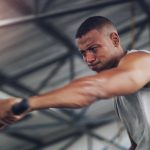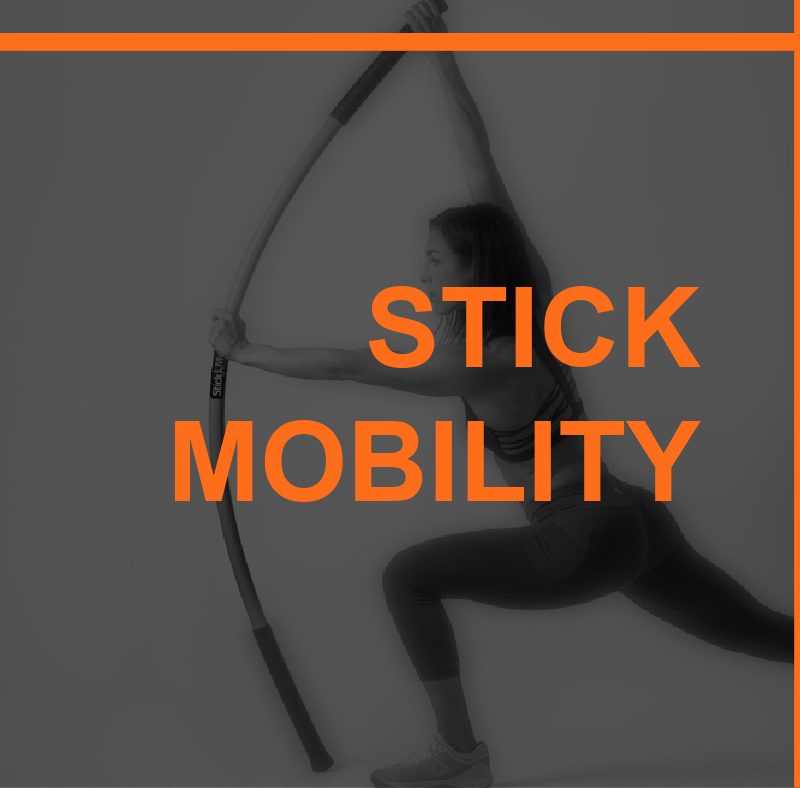
One of the best decisions that I have made as a personal trainer was to allow myself to evolve professionally and offer clients both great workouts that allow them to move and feel better. I strongly support myofascial release and corrective exercises as modalities to achieve mobility. However, I’ve noticed the greatest benefit through a system of orange sticks, called Stick Mobility.
As a personal trainer, the value that you provide your clients is immense. You get them in shape and you change their lives through exercise. Now more than ever, recovery and mobility programming should be a part of your skillset. These skills are necessary to achieve sustained results and will keep clients with you longer. Additionally, if your clients are constantly training hard and getting beat up injury is sure to be looming around the corner. Here’s why and how to incorporate Stick Mobility into client sessions.
What’s Stick Mobility?
Stick Mobility is a system used to improve mobility stability and strength through various movements, combining joint mobilization, end-range strength training, and active stretching. I personally have seen my clients improve their recovery and reduce chronic low back pain and other areas of the body.
Once you try using the sticks you should notice an increased range of motion and bracing techniques that used to activate various muscles throughout your body. Here some examples of movements that you might employ:
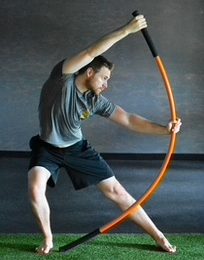
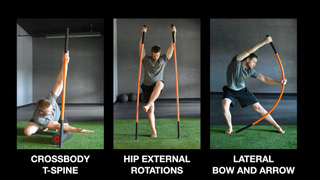
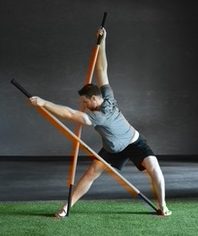
Who Can Benefit from Stick Mobility?
Anyone and everyone! The first time I saw the big orange sticks used, I was watching a basketball game and Paul George of the Los Angeles Clippers was using them as his pre-game routine; I knew I was hooked. Golfers, runners, and everyday people just looking to feel and move at their best can all benefit. Just like typical exercises in the gym, you can progress and regress movements with the stick to the individual. Proper planning and an understanding of what movements work best for your clients is key to adjust to your clients’ level.
So why not just do active stretching?
When you use the sticks you can get your body in different positions than you would normally by using leverage to develop stability and isometric strength. This in turn can activate neural drive and improve flexibility and joint mobility. When you only perform conventional active stretching you miss out on all these aforementioned benefits.
How many sticks do you need?
You can get one stick or use two sticks at the same time. Depending on the movement and stability needed. When you have two sticks you have more stability. I recommend purchasing a bundle which contains two long sticks and one short. Also based on your height if you are taller than 5’10” get 7′ long sticks; if you are shorter than 5’10” get two 6′ long sticks.
Tension and body awareness
One of the biggest eye-openers that clients will experience is the perceived tension and increased body awareness. On just about every movement you will be asked to push or pull the stick apart which will activate muscles throughout your entire kinetic chain. When you try to shorten the stick push hands together or try to lengthen the stick pull hands apart you activate your nervous system as well to make the most out of every position and thus greater mobility and end range strength.
As a personal trainer you should want to offer the most value to your clients. The more you can offer your clients the longer they will stay with you and the greatest impact you will have on their wellness. Stick mobility is quickly becoming one of the most popular ways to improve mobility stability and strength. Buy some sticks, get certified in sticks, practice and you will truly help your clients move and feel better.







